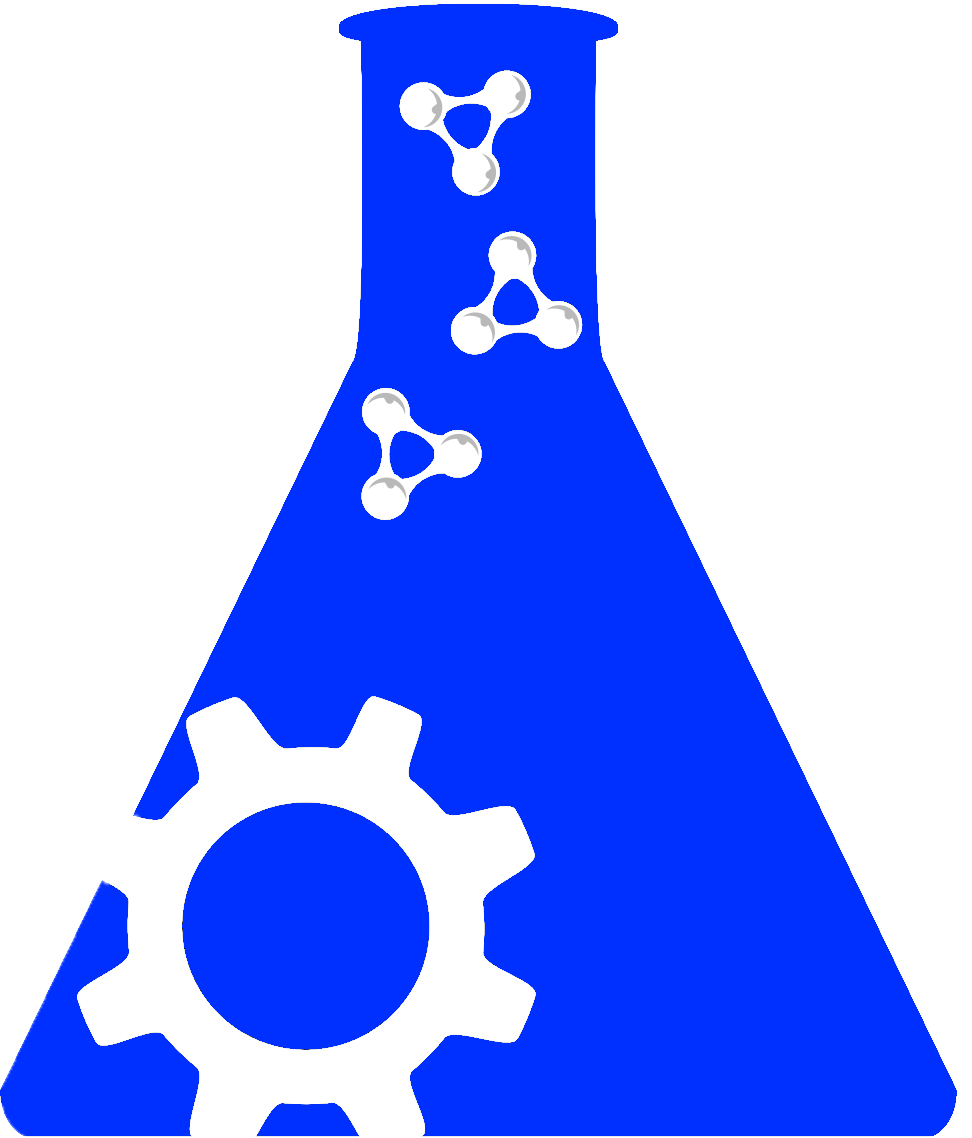Full Data Package |
Data Dictionary |
|||
|---|---|---|---|---|
Create new odc-sci Account and/or log in to download the file. |
||||
Treating a C5 contusion injury in female rats with sigmoid protein and 4-methylumbelliferone in combination with single pellet grasping trainingDOI:10.34945/F5M01JDATASET CITATIONArmstrong E. A., Nguyen A. T., Vavrek R., Raposo P. J.F., Scatterty K., Cucarian J. D., Sekandary M., Nelson B., Fenrich K. K., Fouad K. (2024) Treating a C5 contusion injury in female rats with sigmoid protein and 4-methylumbelliferone in combination with single pellet grasping training. Open Data Commons for Spinal Cord Injury. ODC-SCI:1195 http://doi.org/10.34945/F5M01JABSTRACTSTUDY PURPOSE: We tested the effect of 4-methylumbelliferone (4-MU), an inhibitor for hyaluronan (HA) synthesis and Intracellular Sigmoid Protein, a PTP sigma antagonist, in combination with single pellet grasping (SPG) training on neuroplasticity and functional recovery following cervical spinal cord injury in rats.DATA COLLECTED: All rats (n=30) were trained on single pellet grasping (SPG) using semi-automated dispensers. Paw preference was determined within the first week of training. After a plateau was reached in both single pellet reaching attempts and success rate, all rats received unilateral cervical spinal contusions (based on paw preference) at C5 using the Infinite Horizon impactor. Rats were assigned to 2 groups based on the severity of the lesion, as determined by the cylinder test on day 3 post SCI. Four rats were excluded (n=2 failed to learn SPG, n=1 no discernible deficit, n=1 euthanised due to health issues). The Control group (n=13) consisted of animals who received 1 ml saline (s.c.) daily and nutella twice/day for 5 days/week for a total of 8 weeks. The 4MU+ISP group (n=13) received 500µg intracellular sigmoid protein daily (s.c.) and a total of 0.5g/Kg 4 methylumbelliferone (MU), 5 days a week in nutella. Treatments started at week 18 post SCI and continued through week 25 post SCI, for 8 weeks in total. SPG training started 18 weeks post injury (5x/week for 10 min each) for twelve weeks. Every 2 weeks during the training/treatment the rats were tested on the horizontal ladder. The treatments were stopped after 8 weeks and the rats were tested with cylinder, elevated plus maze, Irvine, Beatties and Bresnahan (IBB) Forelimb Scale, Forelimb Locomotor Score (FLS) and horizontal ladder tests. AAV9 tracering was administered bilaterally into the forelimb motor cortex to trace lesioned and unlesioned corticospinal tract (CST) tracts. The rats were euthanized 3 weeks after tracer injection. Livers were dissected and weighed, the brain and spinal cord cryoprotected for histologic examination. The spinal cord tissue damage was determined from GFAP immunostained serial horizontal section images by measuring the total area of damage. Analysis of collateral sprouting for both lesioned and unlesioned CST tracts, including the number of CST collaterals and the distance of collateral sprouting both rostral and caudal to the lesion from transverse sections.CONCLUSIONS: Although there were no significant differences in the behavior post treatment there was a significant increase in CST sprouting in the treated animals.KEYWORDSSpinal Cord Injury; Behavior; perineuronal net; intracellular sigmoid protein; 4-methylumbelliferonePROVENANCE / ORIGINATING PUBLICATIONSRELEVANT LINKSNOTES |
DATASET INFOContact: Fouad Karim (karim.fouad@ualberta.ca)Lab: Karim Fouad
|
|




